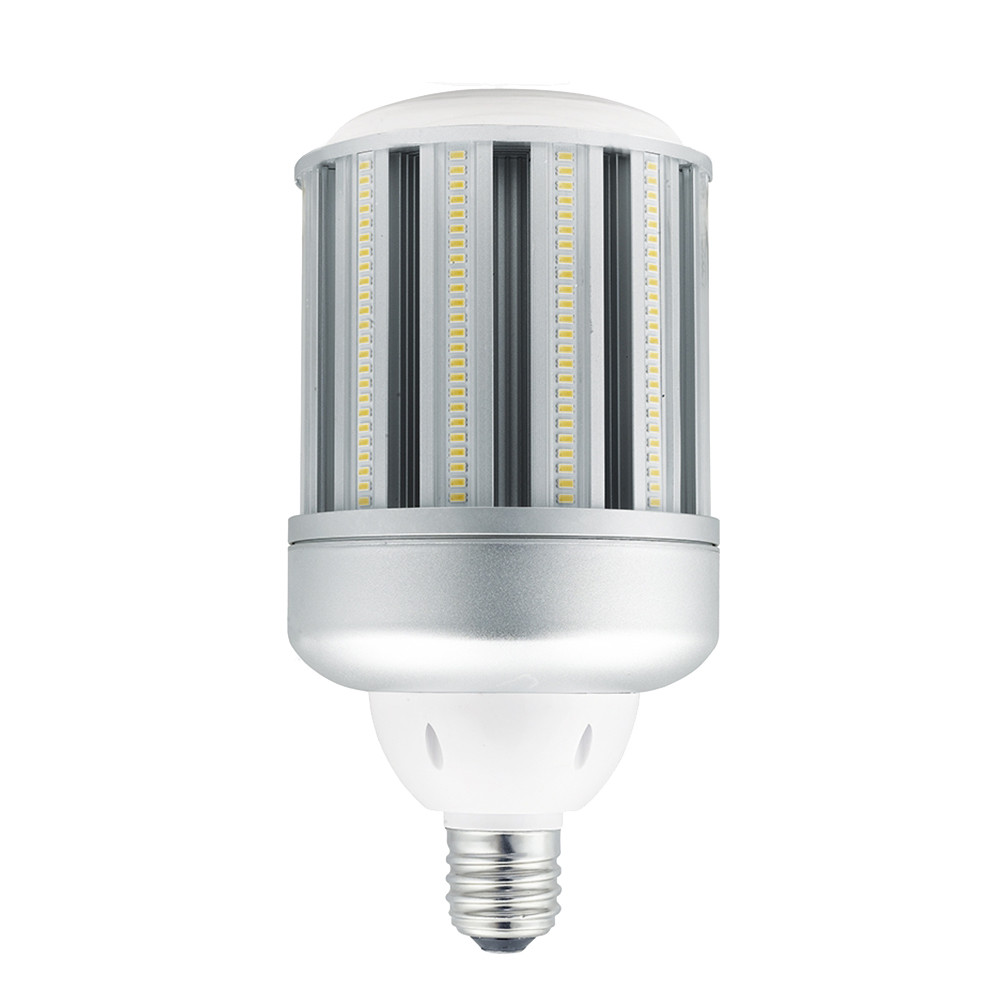

Most people buy 60W bulbs that produce 700 to 800lm of light. The answer is yes if the light bulb uses less power than the fixture. Can I use 60W LED bulb in a 40W socket?Ĭustomers want to know if they can use anLED that has a higher watt equivalent than their fixture allows. You can use 75W, 100W, or even 125W equal bulbs if your fixture is rated to accept 60 Watts. The term “60-Watt equal” has nothing to do with the amount of power used. See also What is the minimum lux level for construction sites? Can I use 75W instead of 60W? The same amount of light can be delivered using as little as 10 watt, thanks to the efficiency of the LEDs. 800 lm of light can be given off by a 60- watt bulb. The shopping guide has a lot of information. If you want to replace an old bulb with a new one, you’ll have to choose between a compact fluorescent light or a light that uses a light emitting device. What LED light is equivalent to 60 watt bulb? What is the modern equivalent of a 60 watt bulb? Studies show that light emitted by LEDs can cause changes in the eye. What is bad about LED lights?Īccording to the American Medical Association, long-term exposure to blue peaks from LEDs can increase the risk of eye diseases. The lower watt rating is due to the fact that the LEDs are designed to use less energy. It is possible that a 60- watt light may blind you. A 60 watt led is not the same as a 60 watt bulb. The brighter the bulb, the more power it has. How many lumens is a 60 watt LED bulb? Is a 60 watt LED bright?

Can I use 60W LED bulb in a 40W socket?.What is the modern equivalent of a 60 watt bulb?.What LED light is equivalent to 60 watt bulb?.Reading lights tend to be marked 5000-6500K these appear much bluer and perceived as brighter. For whiter light – more akin to daylight – good for kitchens and workspaces, bulbs labelled between 3500-4100K would be best. Incandescent bulbs are around 2700-3000K and produce a yellower warm/soft light, great for creating a relaxed ambiance. Light colour is measured using a temperature scale called Kelvin (K). Choosing the colour temperature of bulbsĬhoosing the right colour is dependent on the atmosphere you’re trying to create within your room, or what the space you are lighting is used for. Bulbs that are nearer to daylight (bluer or cooler in colour) sometimes appear brighter than yellower coloured lights. The colour of light can also affect how bright a light appears, even if the lumens are the same. Incandescent Bulb Wattageĭata sources: American Association of Physics Teachers 1996 and Energy Star 2016 What else can affect brightness perception? An equivalent compact fluorescents (CFL) bulb in light output (lumens) should consume only around 7 watts and LEDs approximately 6 watts. Wattage to Brightness ComparisonĪ 40 watt incandescent filament bulb produces roughly 460 lumens. Some of the most energy to light efficient LED bulbs are now reaching over 120 lumens in Energy Star tests. On average, an incandescent bulb produces around 14 lumens per watt, compared to 63 lumens for energy saving compact fluorescents (CFL) and 74 for LED bulbs. Most of us have a preconception of how bright a 100-watt incandescent bulb is even though this can vary tremendously between soft white and clear glass bulbs. Lumens is an accurate way of measuring the light output of bulbs – brightness is what we perceive, luminance is what we measure. They come in varying technologies, such as Compact Fluorescent (CFL), Halogen and LED and they last much longer – up to 25 years for LEDs!ĭefining the brightness, or light output of bulbs is changing from wattage equivalents to lumens. Nowadays, energy saving bulbs produce far more light, less heat, whilst consuming less energy (Watts). In recent years choosing light bulbs has become far more confusing – you knew roughly what you were getting with a 40, 60 or 100 wattage filament bulb. Household cost based on 12 bulbs.Įlectricity costs are calculated using the UK: Energy Price Guarantee (Oct 2022) electricity rate of £0.34 per kWh (incl. *lumens conversion based on averages of Energy Star LED/CFL testing data 2016


 0 kommentar(er)
0 kommentar(er)
